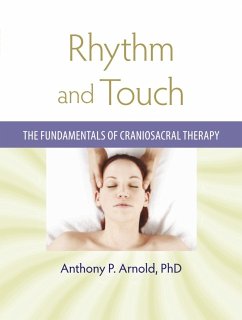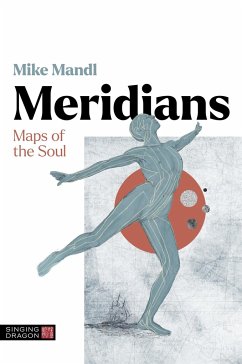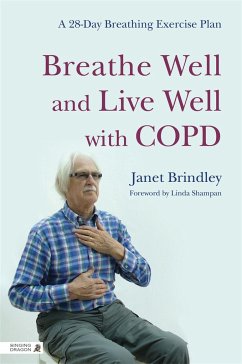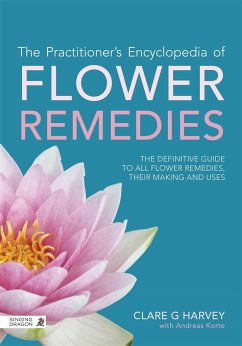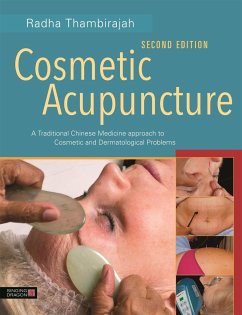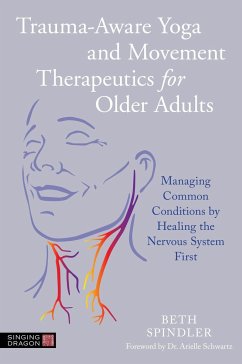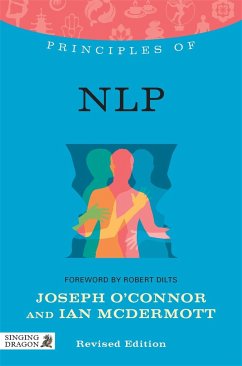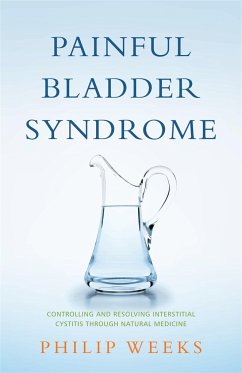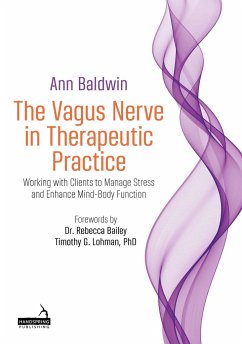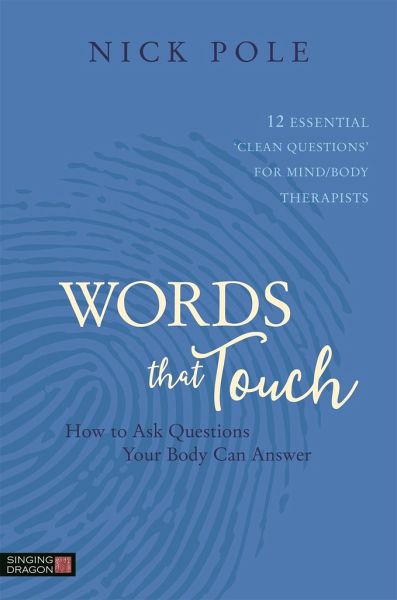
Words that Touch
How to Ask Questions Your Body Can Answer - 12 Essential 'Clean Questions' for Mind/Body Therapists

PAYBACK Punkte
14 °P sammeln!
A thorough analysis of the Clean Language technique that can be applied to a variety of mind and body therapies. Through numerous theories and practical case studies, the importance of language in therapeutic practices is revealed.




